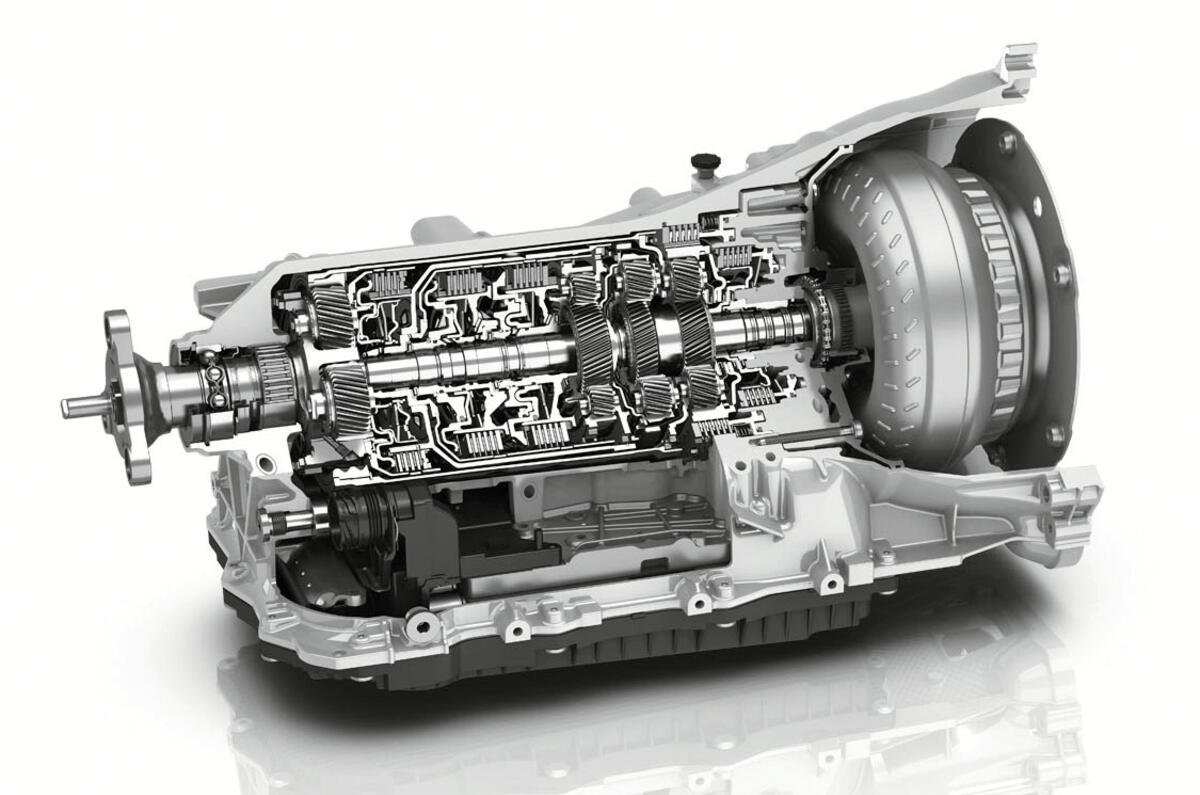If you’re a fan of cars and you’re a car enthusiast, the phrase “torque converter” is probably not new to you. Torque converters play a significant role in automotive engineering. They’re particularly crucial for automatic transmission systems. These marvels of engineering are crucial in ensuring smooth vehicle operation, power transmission, and an enjoyable experience for drivers. In this guide we’ll dive into the intricate world of torque converters, demystifying their workings, and shed some light on their essential role in the automotive landscape.
Torque Converters: What You Need to Know
The Essence of Power Transmission: At its heart, an torque converter is a form of fluid coupling specifically designed to be used in automatic transmissions. Its primary purpose is to transfer the power generated by an engine into the transmission. The transmission is then driven by the wheels. This system operates smoothly within the gearbox that is automatic, and connects the gap between the movement of wheels and engine power.

Components: The torque converter is comprised of three components consisting of impeller, turbine, and stator. They work in tandem to facilitate the conversion of power and torque.
Breaking Down the Mechanism
The mechanics of a torque convertor are complex, with intricate interactions that create a reliable power transmission:
The engine kicks off the process by spinning the impeller. The impeller looks like a fan and is used to move transmission fluid inside the converter. When the impeller spins, it creates the fluid flow that is able to strike the turbine’s blades.
The response of the turbine: The fluid that is affecting the impeller turns on the turbine that is connected to the shaft that feeds into the transmission. This causes the turbine to be set in motion and spin at a pace proportional with the movement of the impeller. This produces kinetic energy and the power needed for transmission.
The role of the Stator in increasing efficiency
Stator is one of the main components in the torque converter. The stator is positioned between the turbines and impellers, where it is crucial in increasing the effectiveness of the power transmission.
Fluid Redirecting Mechanism: The stator operates by redirecting fluid flow between the turbines and impellers. This is vital for maximizing torque and making sure that there is a smooth power transfer. Through controlling the path of the fluid the stator is able to contribute to a balanced and efficient operation. For more information, click upgrade torque converter
Torque Converters: What are they and how do they work?
The function of a torque convertor has immense significance when it comes to driving experiences:
1 Smooth Transitions structure and mechanics of the torque converter are responsible for the smooth transition of gears in automatic transmissions. The fluid coupling feature of torque converters eliminates the requirement for manual clutch engagement, which results in seamless gear shifts and without disrupting the power flow.
2. Torque converters can also help keep engines from stalling. The fluid coupling permits the engine to continue running even when the vehicle is stationary. The coupling with fluid ensures the engine is running at a constant speed, and does not require drivers to manually engage the clutch when the vehicle stops.
3. Torque converters are effective in providing power due to their optimization of the transfer of power. This improves the driving experience since it supplies the power needed for acceleration and cruise control.
Conclusion As mechanical components, are the core of automatic transmissions. The fluid coupling system, enabled through the impellers, turbines and stators, ensures the smooth transfer of power between the transmission and the engine and then on to wheels. This transmission is reliable and aids in smoother gear change, preventing Idling or stalling, as well as improving overall driving efficiency.
Understanding the importance of torque converters is vital for both car enthusiasts and engineers. They are a perfect union of fluid dynamics and engineering that work hard to ensure that every ride is smooth and effective experience. Torque converters are an essential element of the automotive industry, and will continue to remain at the forefront of technology as technology continues to evolve. They demonstrate how mechanics interact with technology, and functionality.